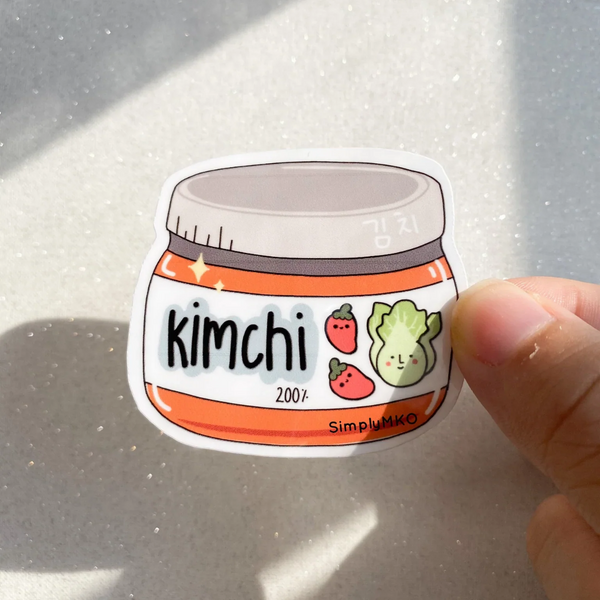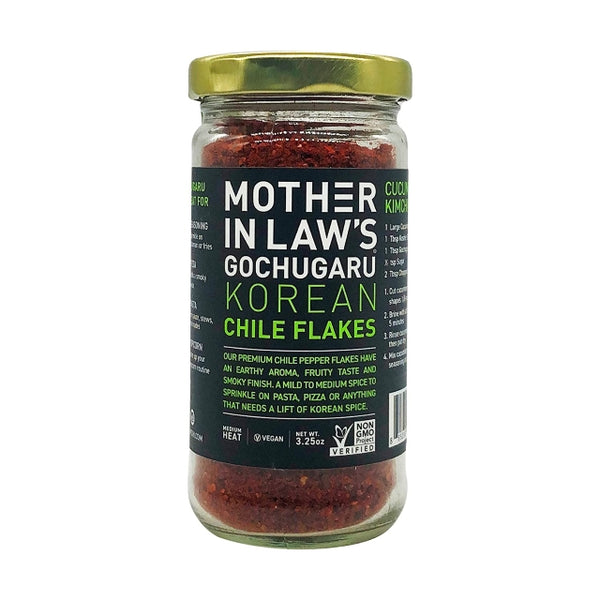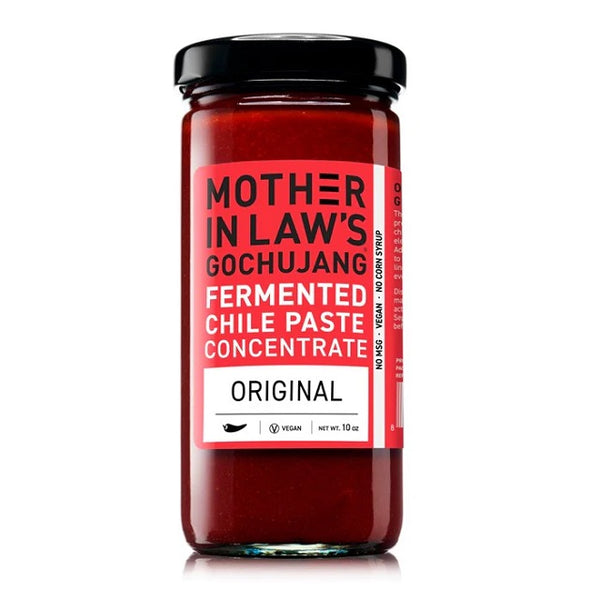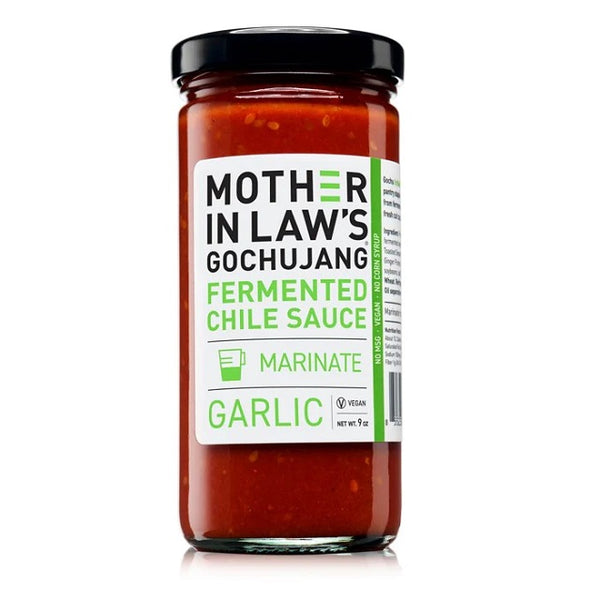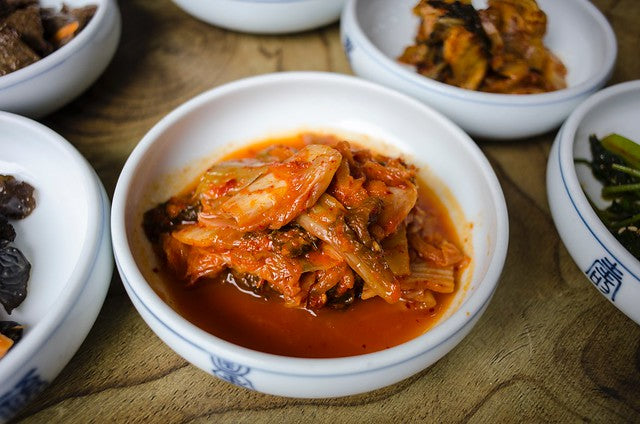
Kicking It With Kimchi: Eight Essential Fun Facts
Happy Kimchi Day! Every Nov. 22 celebrates this refreshing fermented vegetable. It's the ultimate side dish in Korean cuisine and could add a kick to your Thanksgiving table. In honor of this banchan, here are eight essential bits of kimchi knowledge.
Kimchi hasn't always been spicy

While kimchi has been around for 1500 years, it's only been spicy since the 1600s. That's because red chili peppers originated from the Americas and arrived in Korea in the 17th century via western merchants.
It has about 180 documented varieties

[Photo: CC BY 2.0 by taylorandayumi]
Kimchi can differ depending on the vegetable. In addition to napa cabbage, it can be made with radishes ("ponytail" strings or cubed), cucumbers, and spring onions. It can be spicy, mildly spicy, or not spicy at all. It can be fermented or unfermented. New versions are being created all the time so the number of varieties could be closer to 200 by now.
It might help your gut health

[Photo: CC BY-SA 4.0 by JIP]
Besides deliciousness, there's another reason kimchi is the perfect side dish: it may help with digestion. Because it's a fermented food, kimchi is a probiotic, meaning it has the same "good" bacteria, namely lactobacilli, that's found in yogurt. Consuming foods with this good bacteria could help maintain healthy gut.
There are special kimchi refrigerators

Back in the day, kimchi was kept in terracotta jars buried underground and fermented according to the cycle of the seasons. Now special refrigerators mimic the same temps and environment of the terracotta jars. Not only that, they keep kimchi's pungent odor away from other foods.
The kimchi-making tradition is protected by UNESCO

[Photo: CC BY-SA 3.0 by Caroline Knox]
Speaking of the traditional way of making and sharing kimchi, that's called kimjang, and it's on UNESCO's list of intangible cultural items. From UNESCO:
Preparation follows a yearly cycle. In spring, households procure shrimp, anchovy and other seafood for salting and fermenting. In summer, they buy sea salt for the brine. In late summer, red chili peppers are dried and ground into powder. Late autumn is Kimjang season, when communities collectively make and share large quantities of kimchi to ensure that every household has enough to sustain it through the long, harsh winter.
The month of November is so integral to kimchi-making season that Nov. 22 has been declared Kimchi Day in Korea. The same day was made official in California last year, and may also be the case in Virginia soon.
Kimchi has been to space

In April 2008, Yi So-yeon became the first South Korean and 49th woman to travel to space. And she brought a special kimchi with her! Millions of dollars were spent on developing this "space kimchi" that would be safe to eat even if exposed to cosmic rays.
Saying "kimchi" instead of "cheese"

Taking your picture in Korea? You may hear people say "kimchi" instead of cheese. Many countries have different ways of getting just the right smile for photos. In China, people may say qie zi or "eggplant." In India it's paneer or hari. In Japan it could be sei, no ... or "ready set," or else chizu, meaning "cheese." And in Vietnam you might hear cười lên nào or "Two, three, smile!" as well as i ... i ... i which sounds like the letter E in English.
The kimchi slap heard around the world

Back in 2014, Everybody, Kimchi! was just another K-drama. But then it featured a scene with a very big kimchi slap, and suddenly it was a viral sensation. A send up even made it to Saturday Night Live a couple of years later.
Craving kimchi now (although maybe not slapped in the face)? Head on over to Pearl River Mart Foods, where we carry local, artisanal brand Mother-in-Law's Kimchi.
